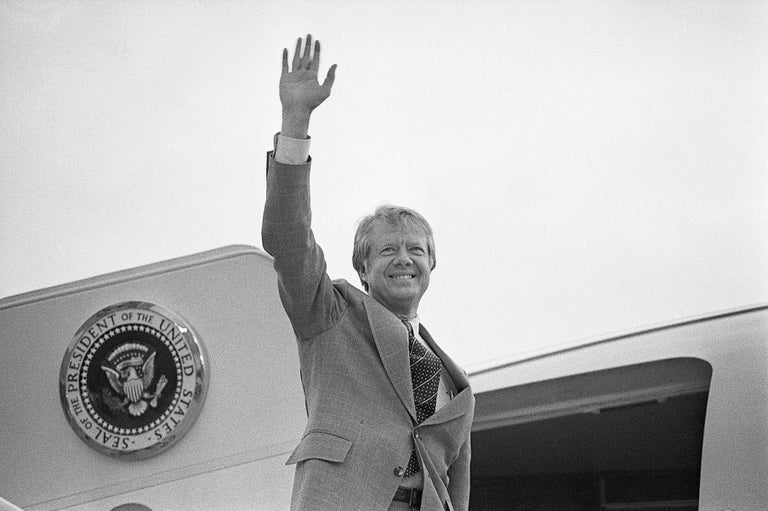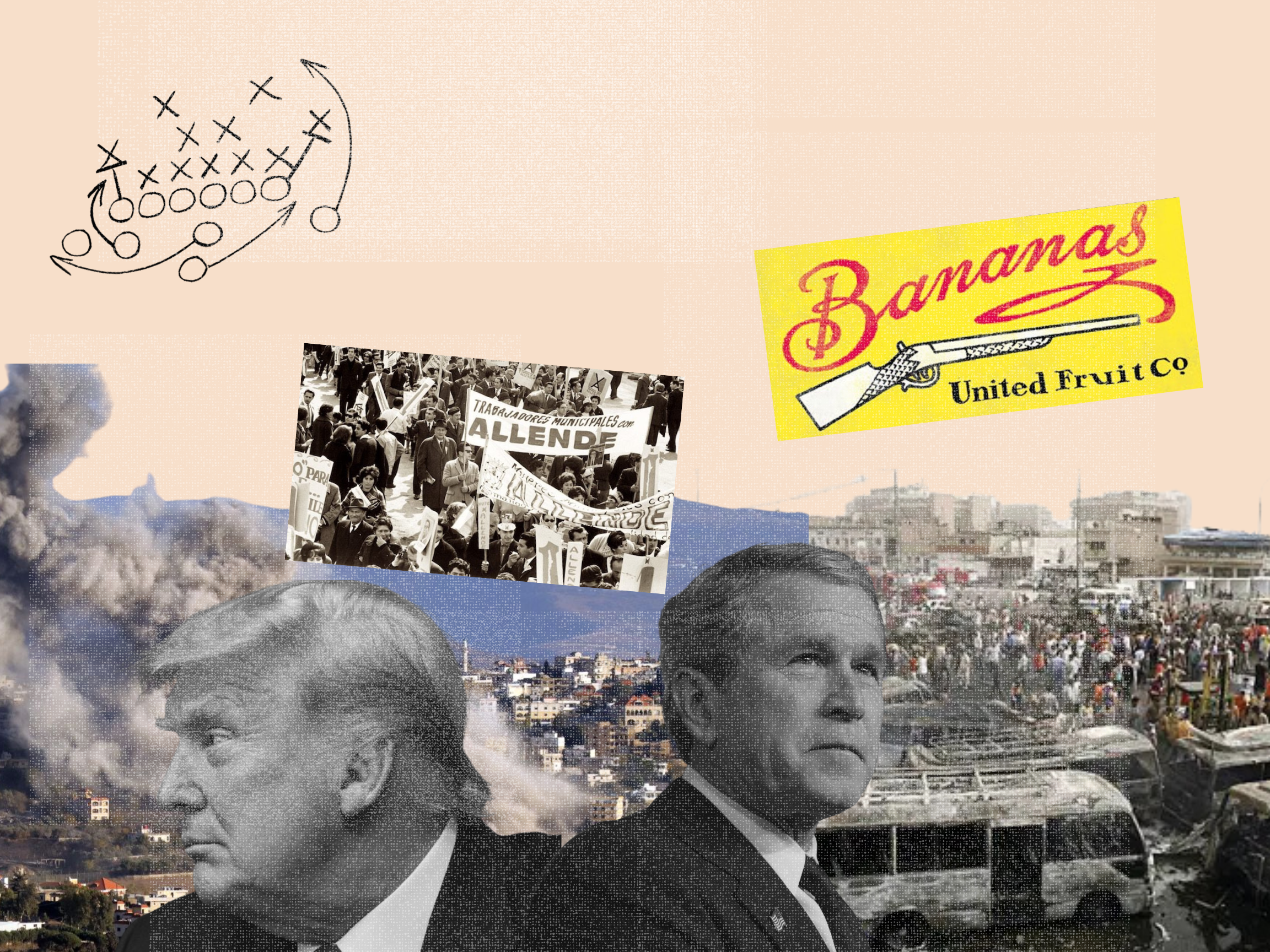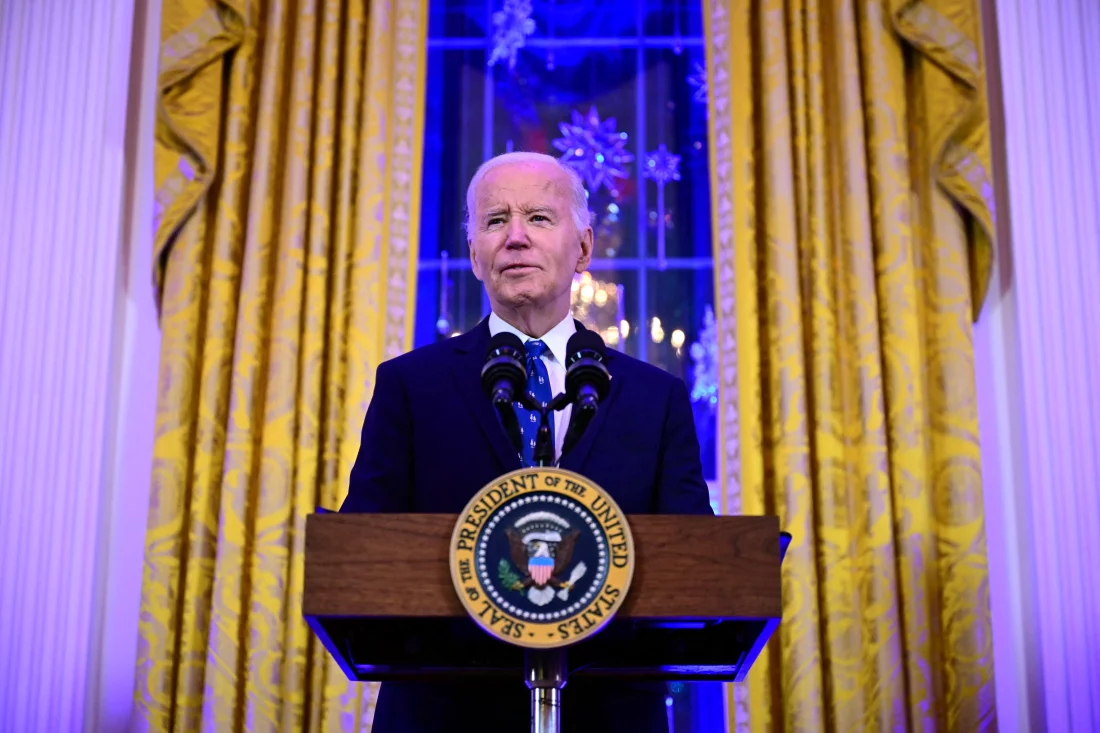The Daily Dose (Dec. 30)
On December 30, 1865, the 13th Amendment was ratified, abolishing slavery and involuntary servitude, with the exception of as

On December 30, 1865, the 13th Amendment was ratified, abolishing slavery and involuntary servitude, with the exception of as punishment for a crime.
1. President Jimmy Carter, Dies at Age 100
Former President Jimmy Carter has passed at 100 years old. A naval officer, Nobel Peace Prize winner, and peanut farm operator who became the 39th president, Carter died at his home in Plains, Georgia, on Sunday, December 29, according to his son.
Carter served as president for one term from 1977 to 1981, but continued his humanitarian work, becoming well-known for his humanitarian service after leaving Washington, DC, working for Habitat for Humanity and negotiating peace deals.
The president had been in hospice care at his home for almost two years and was left without his wife of 77 years, Rosalynn Carter after her death in November 2024. Just after his 100th birthday, Carter was able to fulfill his wish of casting his vote for Vice President Kamala Harris during her bid for President. Carter’s funeral will be held at Washington National Cathedral on January 9, where President Joe Biden will read a eulogy.
2. Dallas City Council Confirms Three City Manager Candidates as “Finalists”
On Monday December 23, the Dallas City Council voted to name all three semi-finalist candidates as finalists. But the finalists shortlist comes only after a heated debate between factions within the Dallas City Council as just a few weeks ago, five candidates were being considered for the role. Since then, one has been removed by the committee and another withdrew from consideration.
According the council, the next step for the candidates is a meet and greet with Dallas residents next month though the date for the meet and greet has not been announced. The final-finalist is set to be announced and voted on in January according the council.
3. In History: Texas Joins the Union
December 29th marks a pivotal moment in Texas history: its official annexation by the United States in 1845. After a decade of independence following its successful revolt against Mexico, Texas joined the Union, bringing with it a vast territory and a distinct cultural identity.
This pivotal event shaped the course of Texas history in profound ways. The influx of settlers from the eastern United States fueled rapid growth and westward expansion. However, the issue of slavery, deeply ingrained in Texan society, ultimately led to the state’s secession from the Union and its participation in the Civil War.
4. Homelessness Surges in the United States
Recent reports from the U.S. Department of Housing and Urban Development (HUD) reveal an alarming 18% surge in homelessness this year, marking the highest number ever recorded. This significant increase can be attributed to several factors, including a severe lack of affordable housing, the displacement caused by natural disasters, and the influx of migrants.
Family homelessness also saw a particularly sharp rise, with nearly 40% more families experiencing homelessness compared to previous years.
5. More History: December 30, 1922 – The Formation of the Soviet Union
On December 30, 1922, the Soviet Union was officially formed. This union of several Soviet Republics, with Russia at its core, ushered in a new era of communist rule that would profoundly shape global politics and the relationship between the United States and the former Soviet bloc.
The formation of the Soviet Union set the stage for decades of ideological and political rivalry with the United States. The Cold War, a period of intense ideological and political tension, dominated international relations for much of the second half of the 20th century. This era witnessed a nuclear arms race, proxy wars around the globe, and a constant struggle for global influence.
The collapse of the Soviet Union in 1991 marked the end of the Cold War and ushered in a new era of international relations. However, the legacy of the Soviet era continues to shape the relationship between the United States and Russia today. Issues such as nuclear proliferation, regional conflicts, and cyber security continue to present challenges in US-Russia relations.







